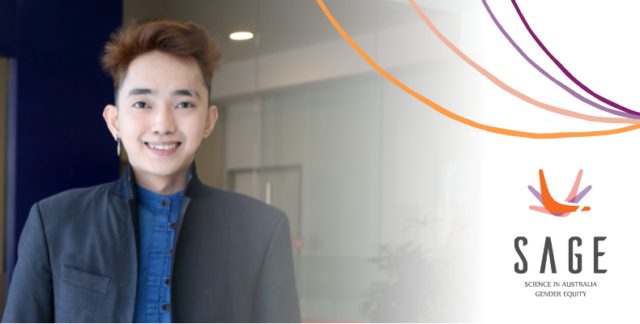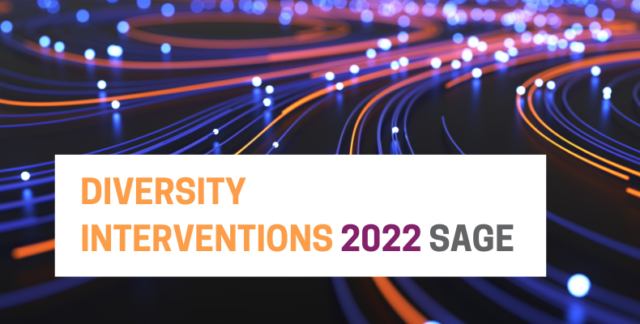The representation of gender identities through language is a decades-long conversation about the invisibility of women due to the generic masculine or gender neutrality. In recent years, the debate between feminist and transgender and gender diverse scholars and activists has prospered. Nevertheless, transgender and gender diverse identities have been neglected or written out of policies by applying cis-normative gender binary language limited to women and men.
The workshop was run as a respectful space where people can learn and co-create in good faith, with the objective of opening up the organisation to diverse gendered experiences. The aim is to build an understanding of the complexities and possibilities of organisation policy in navigating people’s rights and embodied experiences of work.
The practice-oriented workshop explores the application of the queering approach[1] including feminist perspectives[2] to increase gender diversity and equity in organisational policies.
This workshop drew from my research project concerning work experiences and career development of transgender and gender diverse individuals in Australia.[3] Participants are asked to explore the implications of three approaches to increasing gender diversity and equity through language: gender inclusivity or multiplicity, gender neutrality and gender distinctiveness.
The first approach is gender inclusivity or multiplicity, which embraces the naming of various gender identities plus applying gendered language beyond the gender binary to include considerations of transgender and gender diverse lived realities in organisational policies.
The second approach of gender neutrality refers to the exclusion of specific gender markers to avoid gender-stereotypical bias and stigmatisation.
The third approach, gender distinctiveness, refers to explicit labelling of gendered lived experiences such as maternity or menopause for women, or gender affirmation for transgender and gender diverse individuals.
The discussion was limited to explicitly gendered terminology and does not consider feminine- or masculine-themed words.[4] Participants were encouraged to analyse policy under a gender diverse lens and propose situational solutions to increase the inclusion of transgender and gender diverse identities.
[1] Christensen JF (2018) ‘Queer organising and performativity: towards a norm-critical conceptualisation of organisational intersectionality’, Ephemera, 18(1):103–130.
[2] Acker J (1990) ‘Hierarchies, jobs, bodies: a theory of gendered organizations’, Gender & Society, 4(2):139–158.
[3] Ladwig RC (2022) ‘Trans and gender diverse work experiences and career development in the Australian work environment’, Proceedings of Gender and Sexuality at Work: A Multidisciplinary Research and Engagement Conference, 2:43–47.
[4] Tokarz RE and Mesfin T (2021) ‘Stereotyping ourselves: gendered language use in management and instruction library job advertisements’, Journal of Library Administration, 61(3):301–311.
Facilitator
- Robin C. Ladwig, University of Canberra


